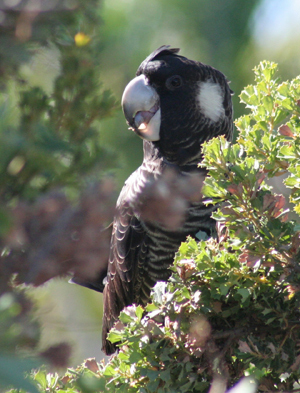 Scientist says logging no threat to cockatoosA WA scientist has added fuel to the debate over logging and its impact on endangered cockatoos as the Government seeks public comment on its draft forest management plan.
Scientist says logging no threat to cockatoosA WA scientist has added fuel to the debate over logging and its impact on endangered cockatoos as the Government seeks public comment on its draft forest management plan.
In a recent letter to the West Australian newspaper, WA Institute of Foresters chairman John Clarke rejected claims that logging affected Carnaby’s cockatoos, saying they mainly inhabited the coastal plain and Wheatbelt, not forests.
However, WA Museum ornithologist Ron Johnstone confirmed Carnaby’s cockatoos were moving west and south into the forest in search of food and nesting sites.
‘‘Overall the centre of gravity of this cockatoo’s breeding distribution has shifted considerably westwards and southwards since the 1950s,’’ he said.
Museum data showed the Carnaby’s breeding range has shifted more rapidly in the past 10-30 years.
‘‘The birds have moved further west and south into the jarrah-marri forest of the Darling Scarp and the tuart forests of the Swan Coastal Plain,’’ Mr Johnstone said.
‘‘The two forest species, namely Baudin’s cockatoo and the forest red tailed black cockatoo, have declined in numbers during the same period.’’
Mr Clarke this week insisted logging was ‘‘sustainable’’ and did not threaten cockatoos.
‘‘The real threats to Carnaby’s cockatoos are well documented — permanent loss of habitat in the Wheatbelt and Swan coastal plain, feral bees and other parrot species competing for nesting hollows, road kills and shooting,’’ he said.
WA Forest Rescue spokesman Simon Peterffy said Mr Clarke was 50 years behind the times, as was the State Government.
A Department of Environment and Conservation spokeswoman said nothing in the 2012 Great Cocky Count suggested logging put black cockatoos at risk.
Independent group Bird Life said on September 21 that the 2012 survey confirmed a ‘‘potentially devastating’’ 40 per cent decrease in Carnaby’s numbers.
The 2011 survey found a 37 per cent decrease.